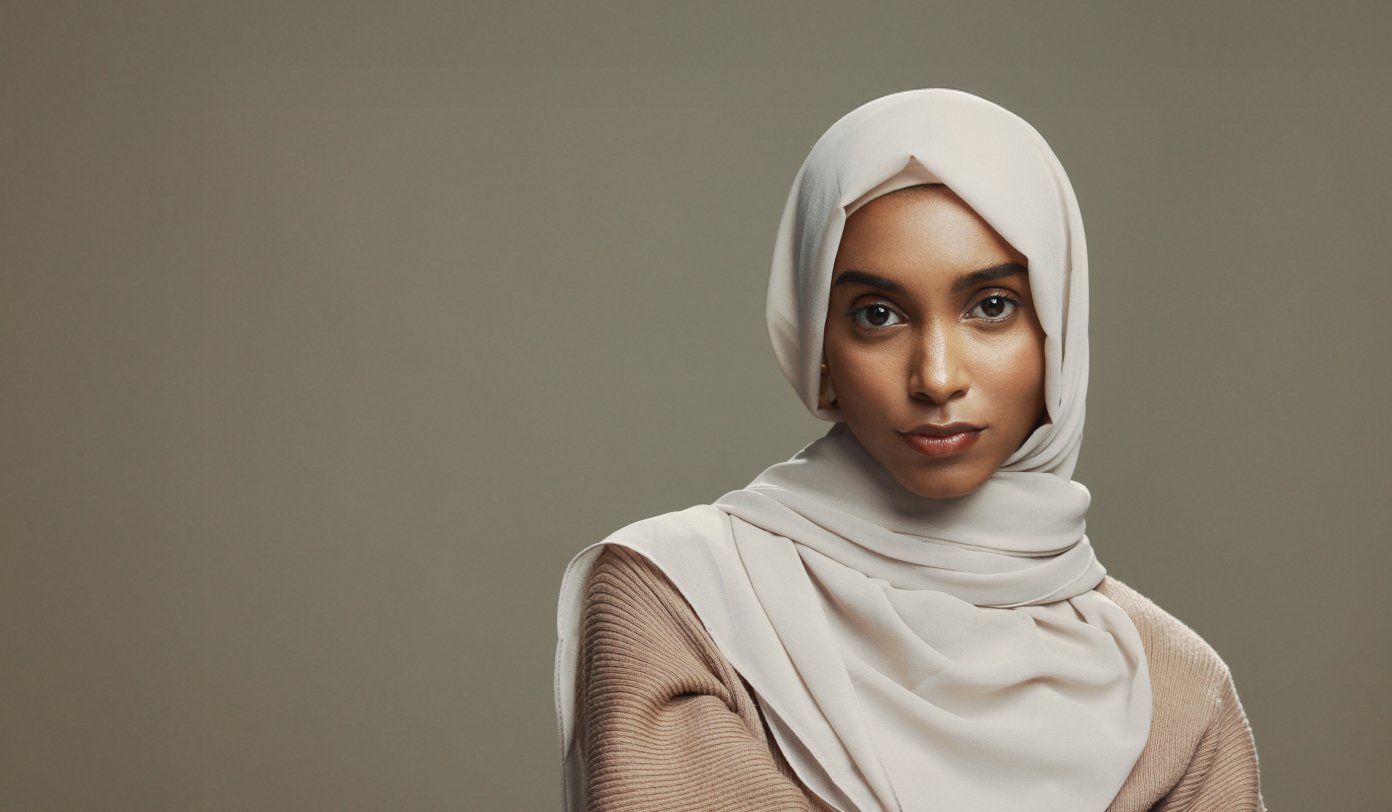
Luxury athleisure is no longer a niche. It’s the new standard, sitting comfortably at the intersection of performance, fashion, and lifestyle.
As comfort continues to dominate consumer wardrobes, we’re seeing a shift in what defines “everyday wear.” Athleisure isn’t just for workouts - it’s become the uniform for hybrid living. From casual work setups to weekend socializing, the line between functional and fashionable has blurred, and brands are trying to keep up.
So what does today’s athleisure shopper actually care about? What’s changed since last year? And how should brands respond in 2025?
Let’s break it down.
Getting ahead with the athleisure audience
Don’t let the name fool you - athleisure wear isn’t just for athletes. In fact, weekly athleisure wearers are only 6% more likely to play sports than the average consumer, proving this category is more about lifestyle than fitness.
And while Gen Z gets plenty of attention, it’s millennials (39%) and Gen X (33%) who lead the way in wearing athleisure weekly. Gen Z (22%) and baby boomers (6%) trail just behind, showing that the athleisure market isn't as youth-skewed as some might assume.

These consumers aren’t just buying into a look, they’re buying into a lifestyle. They're 23% more likely to snap up new tech products, 21% more likely to say they feel represented in advertising, and 18% more likely to say they buy products to access the community built around them. This points to a broader behavioral trend as they’re buying with purpose, identity, and connection in mind.
We’ve seen this play out in real time. Brands like Alo Yoga have thrived not just by selling high-quality products, but by cultivating strong, like-minded communities through pop-ups, wellness events, and digital platforms that position them as more than just an activewear brand.
For others in the space, this is a cue to reconsider how you show up. Rather than leaning heavily on athletic messaging, there’s growing value in highlighting wellness, comfort, and community - positioning athleisure as part of a lifestyle, not just a workout routine.
Consumer expectations from luxury sportswear
Price isn’t the first thing on athleisure shoppers’ minds - at least, not everywhere.
Across the board, value-for-money ranks below comfort (57%), quality (47%), and style (44%) when buying luxury or designer activewear. But in Western markets like the US, UK, and France, 54% still say price is important - far more than in China and Japan (31%).

In Eastern markets, the mindset skews differently. Consumers here are 28% more likely to prioritize resale or investment potential, seeing luxury athleisure as a longer-term play rather than just a trend-led purchase.
This connects to the growing “quiet luxury” movement we’ve seen gain traction across Asia, where low-key, logo-free luxury is a marker of taste and savvy spending. Brands like Lululemon and Descente are playing directly into this, designing gear that’s as much about long-term value as it is about visual appeal.
There are also clear generational splits. Millennials are 33% more likely to rate limited editions and exclusivity as important, which is no surprise given the drop culture they came of age in. Meanwhile, Gen Z are 58% more likely to be swayed by brand collaborations, a stat that reinforces their hunger for novelty and online buzz.
How they’re keeping pace with athleisure trends
Inspiration still comes from traditional sources, just reinterpreted for a digital-first audience. For luxury athleisure wearers, fashion magazines and editorials remain the top source of style inspo, followed closely by influencers and bloggers.
Gen Z, in particular, are driving the social swing. They’re 46% more likely than average to say they look to fashion influencers and bloggers for ideas. That’s not just a preference - it's a behavioral habit.

Regional differences tell an even more nuanced story. In China, TikTok (69%) and Xiaohongshu (RedNote) (65%) dominate the discovery journey - platforms that merge user reviews, peer influence, and e-commerce. Western markets, meanwhile, lean into Instagram (79%), with friends, family, and offline communities still holding weight. For brands, that means balancing algorithmic reach with real-life resonance.
Take Allbirds, for example. The brand actively shows up on TikTok and Instagram - not just pushing products, but spotlighting creators, partnering with familiar faces, and leaning into what connection really means. It’s a smart blend of influence and authenticity, tailored to how people engage on each platform. Because it’s not just who’s watching - it’s how the content lands that matters.
For weekly athleisure wearers, short-form content is king. Over 6 in 10 say they’ve watched a video under 10 minutes in the past week, compared to just 43% who’ve watched anything longer - underscoring the need for punchy, scroll-stopping visuals. On TikTok, this audience is also 21% more likely than average to participate in a brand-led hashtag challenge, showing how trend-driven formats can help build interaction at scale.
Meanwhile, on Instagram, athleisure fans are 23% more likely than the average user to post polls or questions on Stories, and 21% more likely to send audio messages - suggesting that brands can go deeper by inviting participation, not just pushing products. For brands, staying culturally visible means mastering the rhythm of these platforms and tailoring content to fit the platform, not just the trend.
Capitalizing on the athleisure boom
One word: collabs.
Sportswear/activewear is now the top category consumers want to see luxury brands partner with - beating out film, TV, and even gaming. 40% say it’s their preferred crossover. But the type of partnership matters.

Consumers are gravitating toward brands like Stüssy (+45%) and Salomon (+38%) for collabs - a shift that reflects the rise of utilitarian fashion and outdoor aesthetics. Meanwhile, interest in traditional players like Nike, Adidas, and Jordan still hold dominance, but has cooled slightly.
This pivot hasn’t gone unnoticed. Italian fashion house Marni is the latest luxury player to enter the mix, announcing a collaboration with HOKA that's set to drop soon. Marni clearly saw the writing on the wall: in the US, ownership of HOKAs has grown 127% since the end of 2021. Likewise, Salomon’s recent link-up with designer Sandy Liang shows how smart collaborations can tap both niche communities and trend-forward consumers.
For luxury fashion houses, the value of teaming up with sportswear brands is clear. Done right, they’re more than a marketing play, they’re a bridge into new audiences and lifestyles.
Athleisure trends worth considering
Not all athleisure wearers are athletes. Just 28% say performance-enhancing features are a top priority. Style, comfort, and quality win out, so don’t overdo it on technical features if they’re not adding lifestyle value.
Athleisure isn’t just a young person’s game. Gen X are the second most likely to wear athleisure weekly. Brands should explore designs and campaigns that speak beyond Gen Z aesthetics.
Price sensitivity varies by region. While most athleisure shoppers aren't overly price-conscious, value still matters, especially in the West. Avoid alienating core audiences with overly premium positioning unless there’s a clear benefit.
TikTok and Instagram are key discovery engines. Regional platform preferences differ, but visually-led social media is central to trend tracking and purchase journeys.
Gen Z is collaboration-hungry. Whether it’s Gucci x The North Face or Willy Chavarria x Adidas, Gen Z’s appetite for innovative, hype-worthy partnerships continues to shape the space.
The bottom line?
Athleisure continues to gain ground, but it’s not a one-size-fits-all market. Understanding who’s wearing it, what they value, and how they discover it is essential for any brand looking to break through in 2025.
Now’s the time for brands to tailor their messaging by region, embrace community-driven marketing, and broaden their reach beyond Gen Z. Whether that means hosting in-person events, leaning into cross-generational collabs, or showing up authentically on platforms like TikTok and Instagram - brands that treat athleisure as a lifestyle, not a label, will be the ones that stick.




.webp?width=495&height=317&name=pink_thumb_graphs%20(1).webp)
.webp?width=495&height=317&name=pink_thumb_letter%20(2).webp)